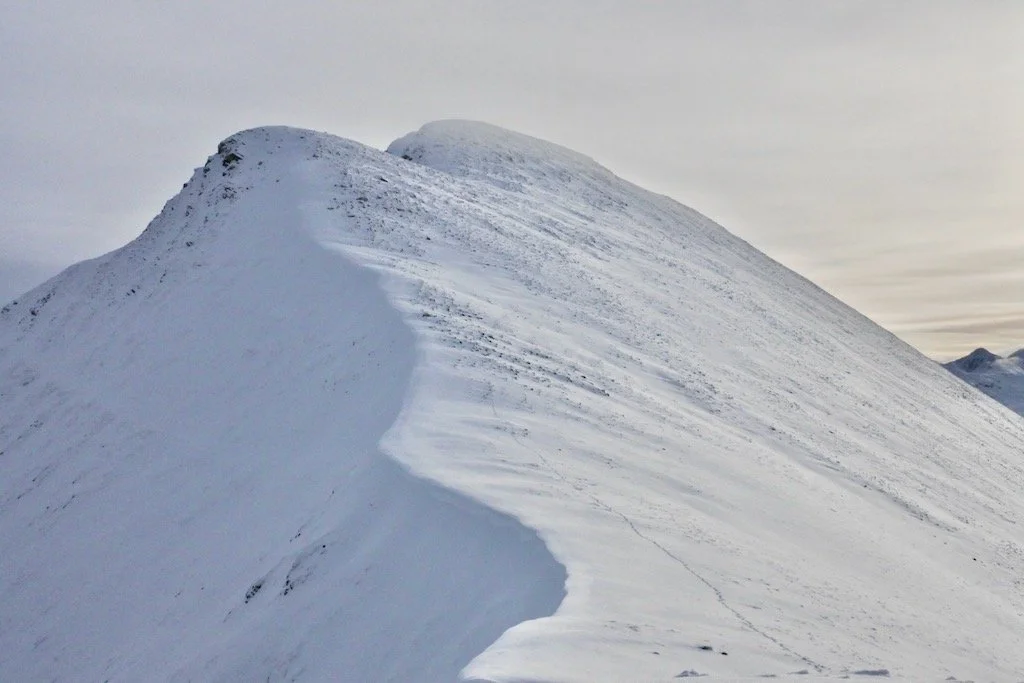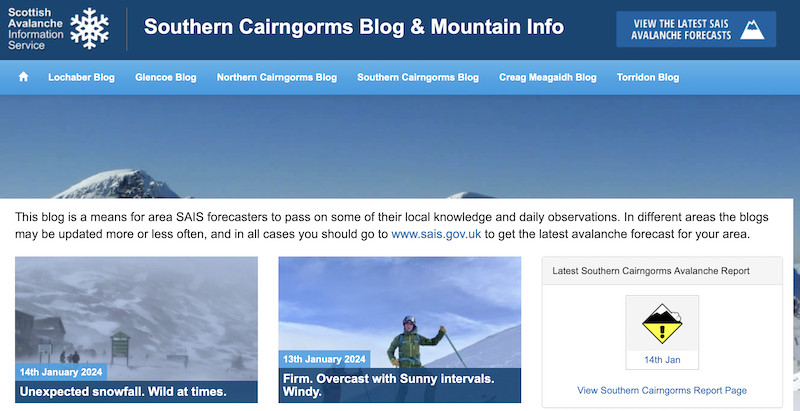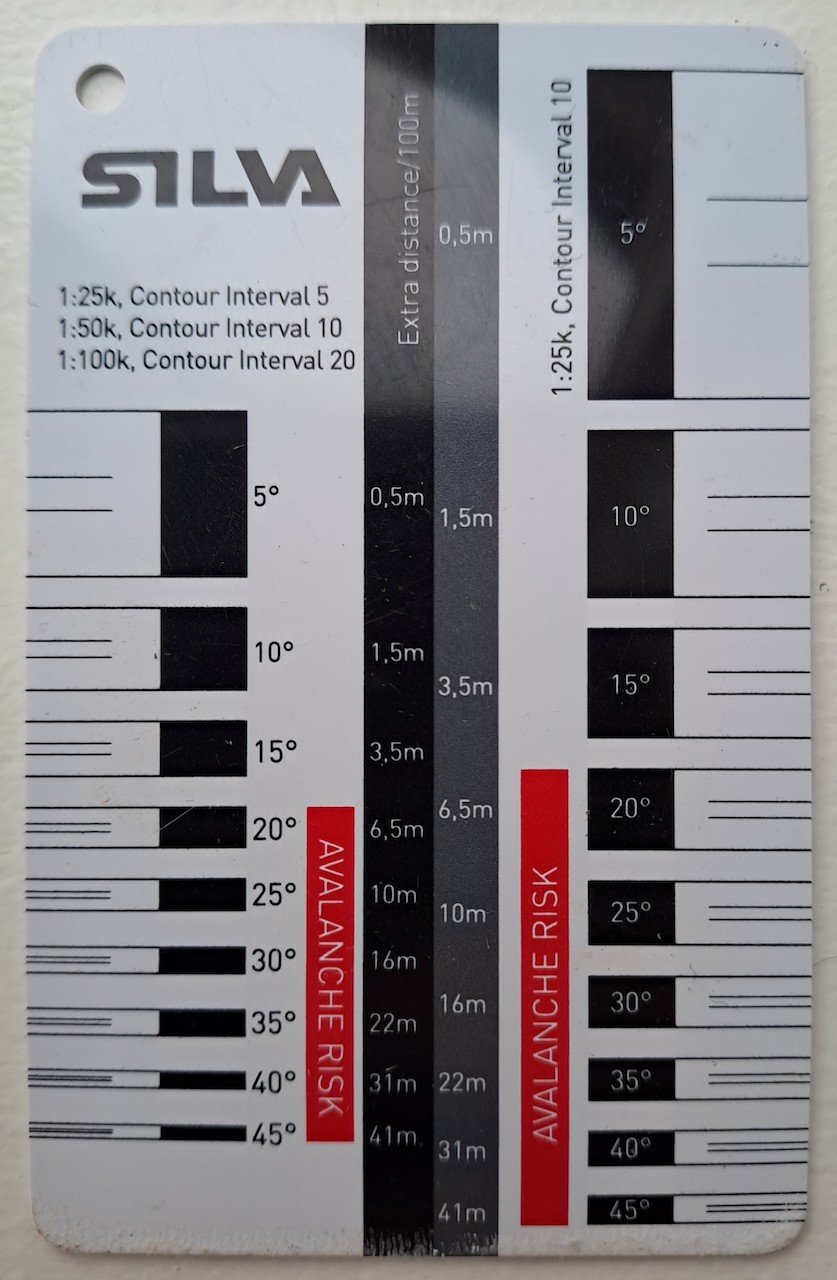How to Plan a Safe Day Out in Winter
Route planning in winter starts in the weeks, days, and hours before you head out to your intended objective. There are many more variables to consider than on a summer hill day and having a good understanding of what the conditions have been like leading up to it’s a perfect place to start.
This blog outlines part of the Be Avalanche Aware process used by the Scottish Avalanche Information Service (SAIS). This is an invaluable resource when planning your winter day out. More information can be found here: SAIS - Be Avalanche Aware.
A trail can be seen avoiding the cornices leading to the summit of Stob Ban, Mamores.
Weather and Conditions
Snow – Is there snow lying on the mountains?
Read previous avalanche reports.
Check the forecast for wind, temperatures, and precipitation.
Use any additions resources to find out more about the conditions – local guides, organisations, blogs, social media etc.
The daily SAIS avalanche forecast.
Image courtesy of SAIS Website (https://www.sais.gov.uk/southern-cairngorms/)
SAIS blog.
Image courtesy of SAIS website (https://scairngormsblog.sais.gov.uk)
Social media groups can be useful for information on ground conditions.
Image courtesy of Facebook.
Windy?
Wind can transport snow at around 15mph possibly causing avalanche conditions.
Check a map and predict where the wind-transported snow might be lying. It usually collects in the lee of the slope or in sheltered locations. For example, if the wind’s coming from the west then the snow will accumulate on east-facing slopes.
Check the avalanche forecast to determine the places where snow’s likely to be lying.
The Fiacaill Ridge, Northern Cairngorms. Snow accumulations on its sheltered lee slope (left) and bare rock and exposed vegetation where the ridge has been exposed to the wind (right).
Cold or Warm?
Consistent sub-zero conditions are likely to maintain instabilities in the snow.
Warm temperatures and rain provide rapid instabilities from things like cornice collapse.
Read avalanche reports regularly so that you can identify where instabilities might be.
Read weather forecasts daily keeping an eye on weather patterns, precipitation, wind direction and speed, temperatures, and freezing levels.
You and Your Party
Using Map and Compass
Poor visibility requires competent use of map and compass to avoid hazards.
Contour and compass skills can be used to determine the slope aspect, angle, and shape in key areas.
Walking on a bearing.
Equipment and Clothing
Good equipment and clothing’s essential in winter mountain conditions.
It’s crucial that you’re competent in using crampons and ice axes.
Experience
You must be equipped, skilled and prepared for your trip.
Are you fit enough to travel in deep snow?
Are severe winter conditions likely?
Is the terrain remote, steep, and complex which will require good mountain skills?
Mountain Landscape
How steep is the terrain you’re heading into?
Most (but not all) avalanches occur on a slope angle of 30 degrees or over.
Read the avalanche forecast to determine where on your route the hazard might be.
Use a slope card to estimate slope angle.
Silva slope card.
What slope aspects will you encounter?
Often snow will accumulate in wind-sheltered slopes.
Make sure you understand the avalanche forecast and speak to people who have knowledge of the area.
How complex is the terrain?
Complex terrain will require good navigation and route-finding skills to avoid potentially hazardous areas such as corrie rims, cornices, and avalanche-prone slopes.
A large cornice late in the season on Ben Nevis.
Summary
You may have noticed in our winter adverts that we try not to promise a specific objective. This is because more often than not we’ll make a decision on where we’re going and what route we’re going to take the night before, once the latest weather and avalanche forecasts have been published. Even then plans often change whilst driving to the carpark or even once you’ve started walking! It’s therefore important to have a number of alternatives organised, not just Plan A!
The planning stage of your winter mountain day sets the foundations for your winter journey. The following stage is building on what you’re expecting with what you actually experience on the day. Stay tuned!
If you’re interested in finding out more then please get in touch or click here to book onto one of our Winter Skills courses!
Written by Edd Hamilton








